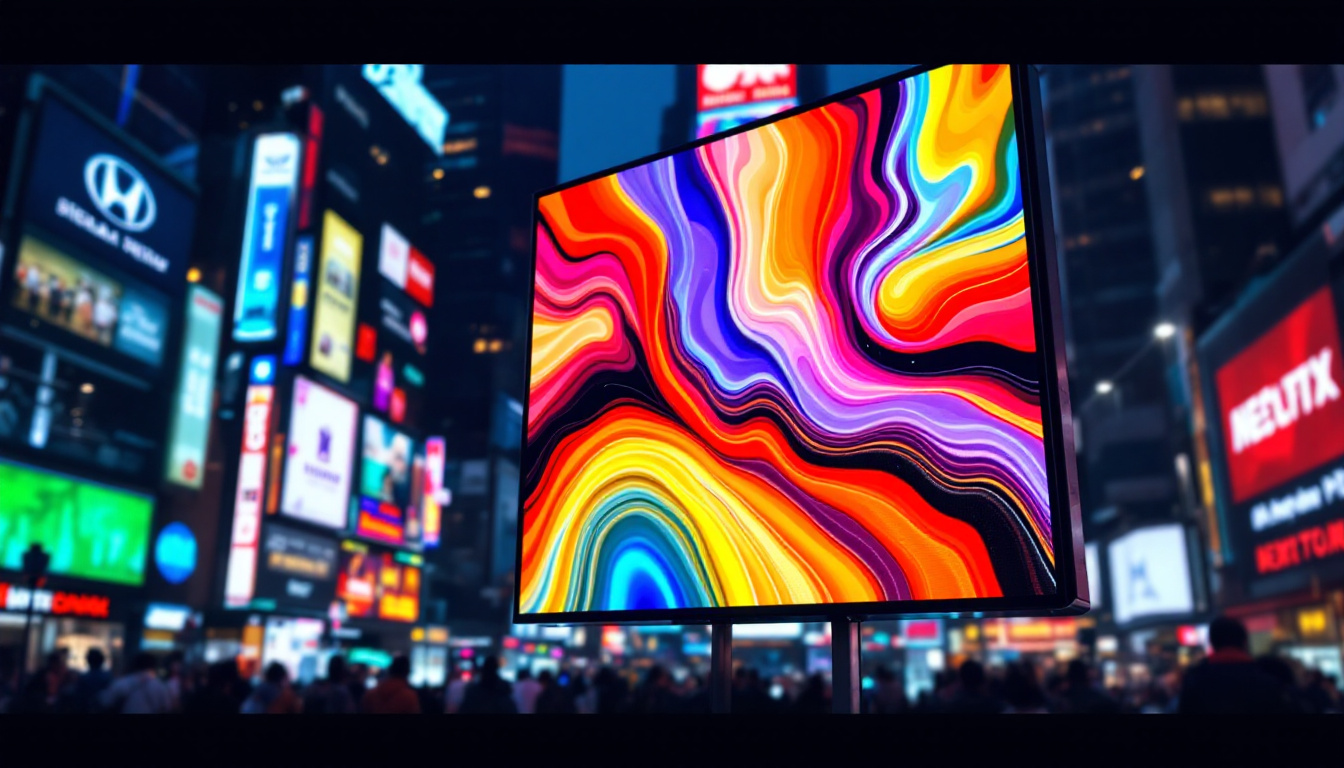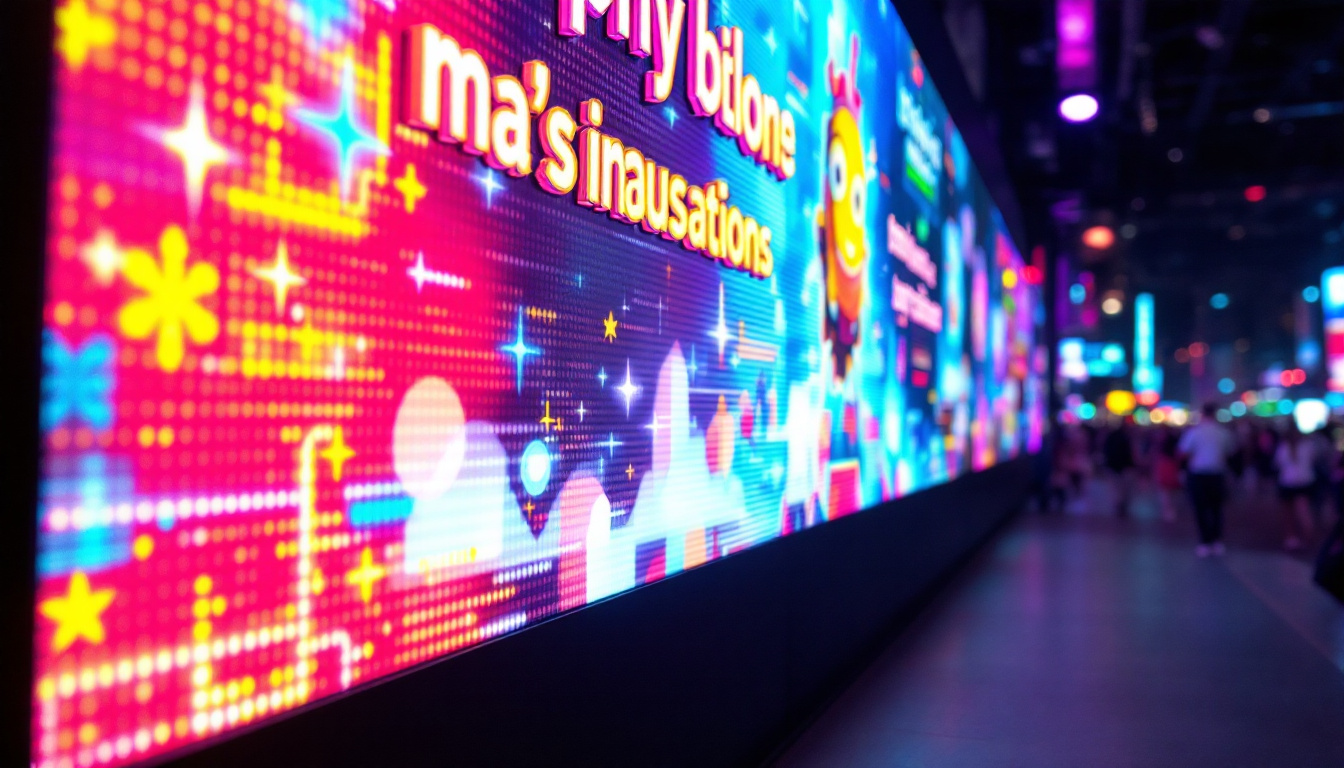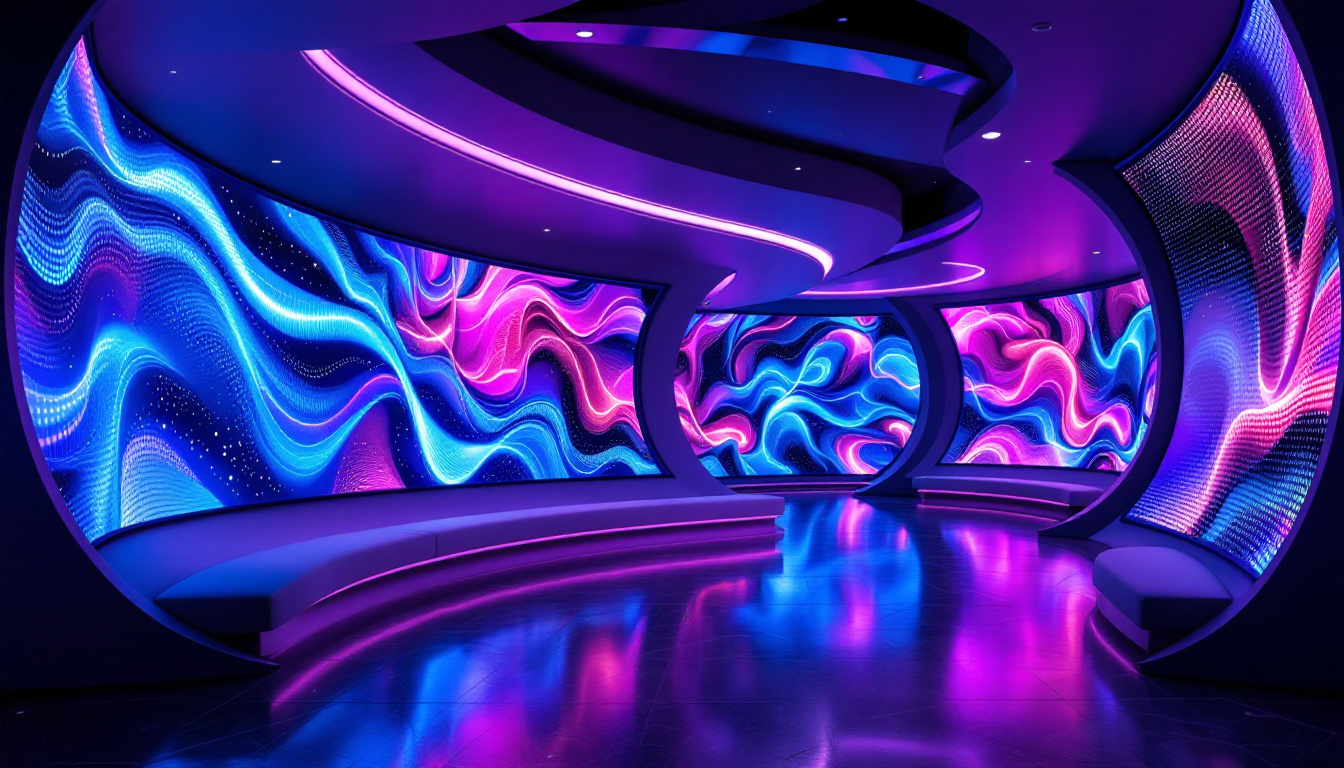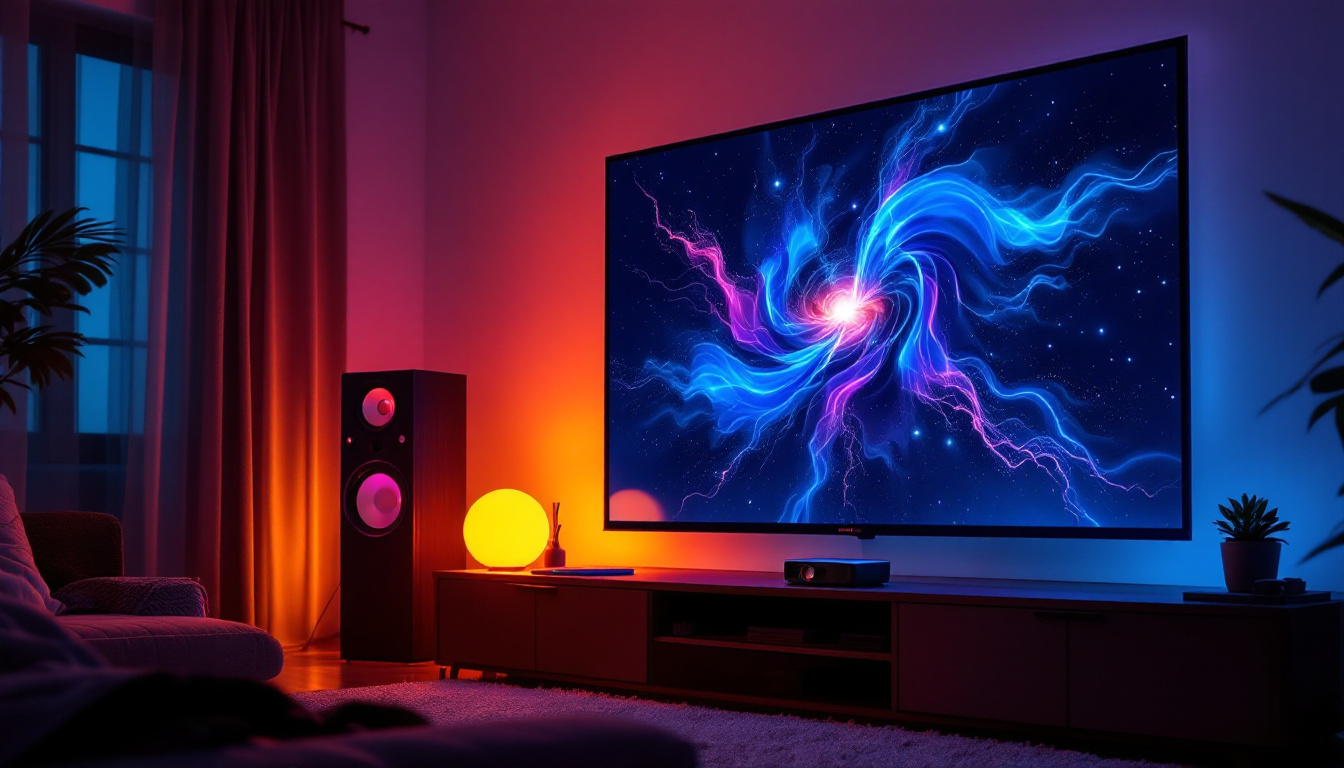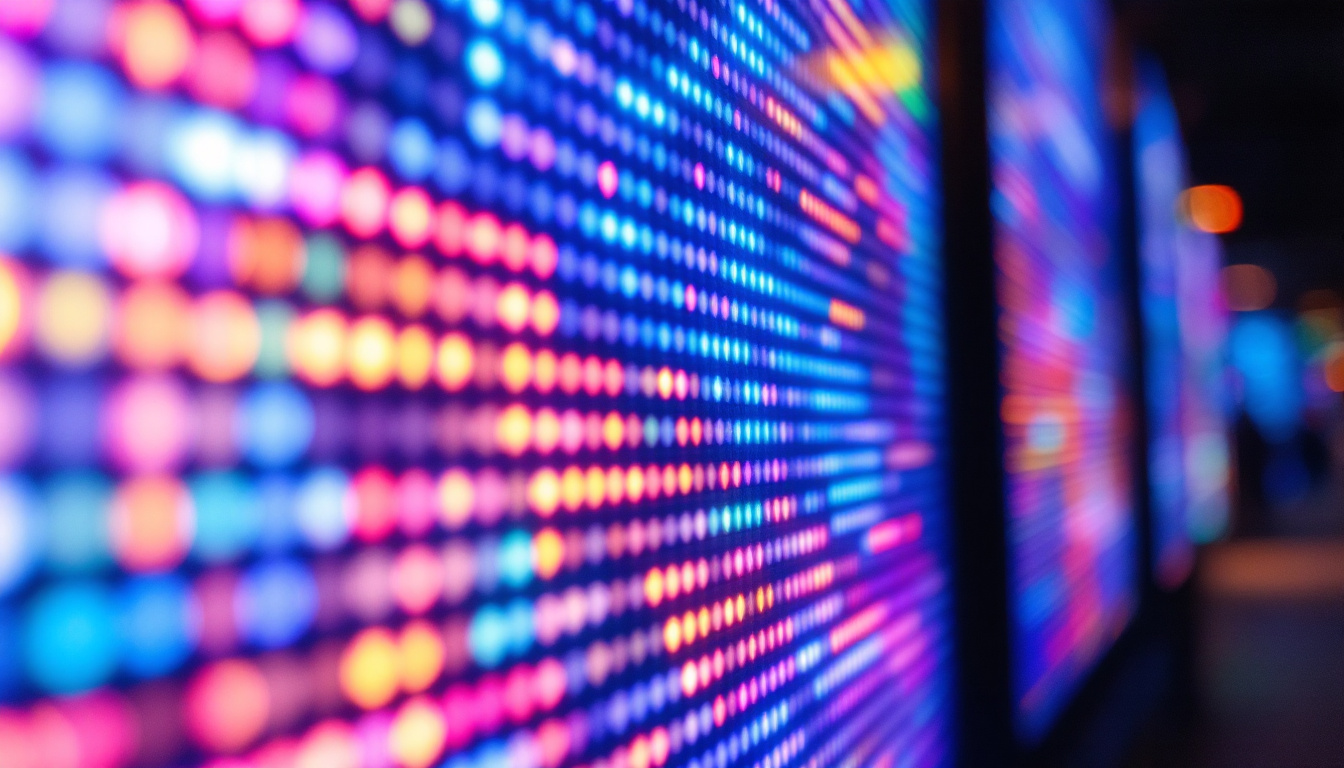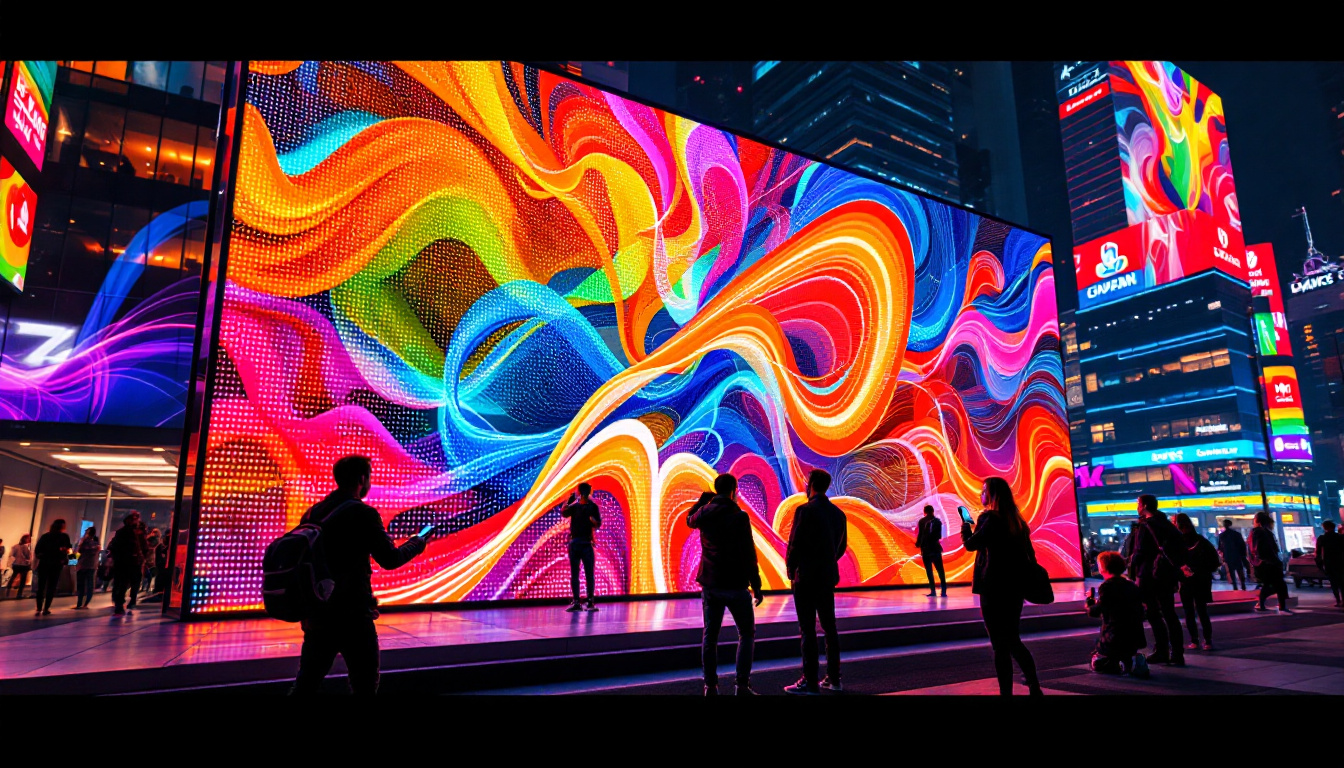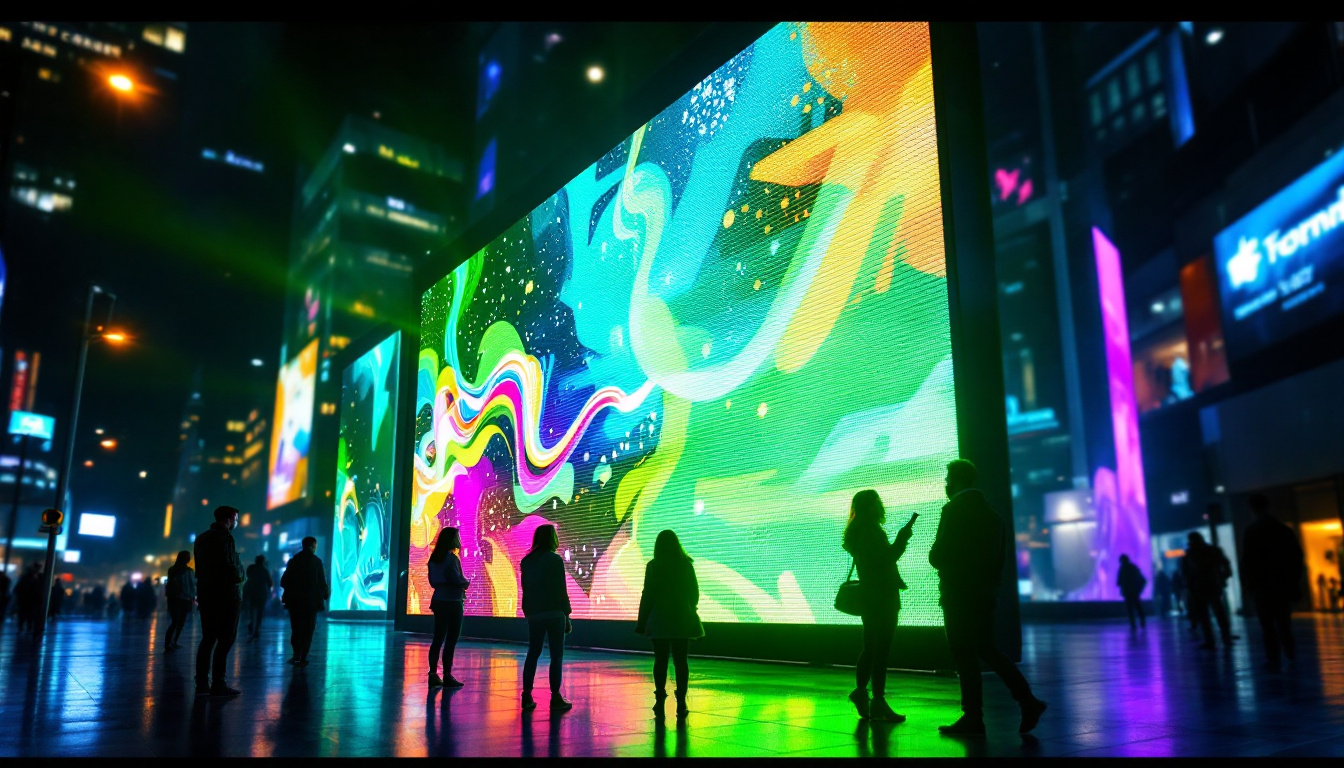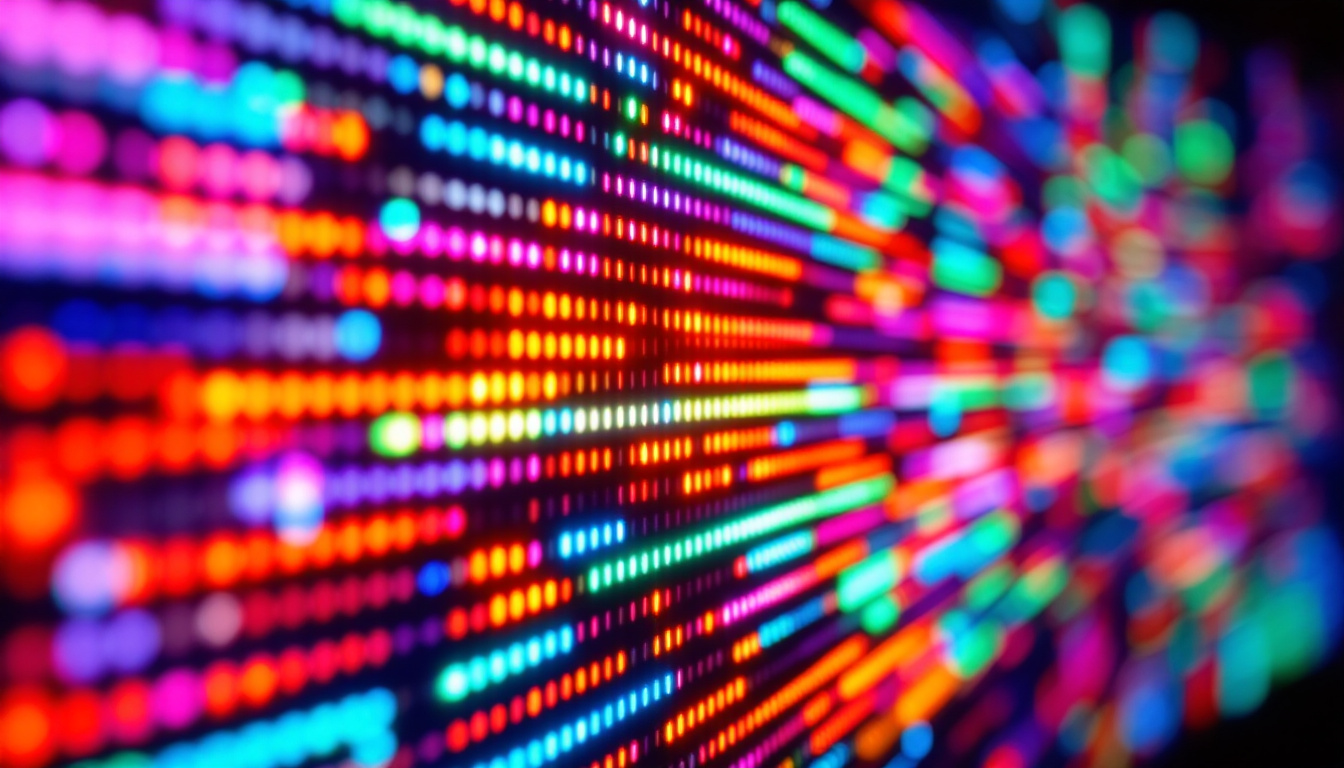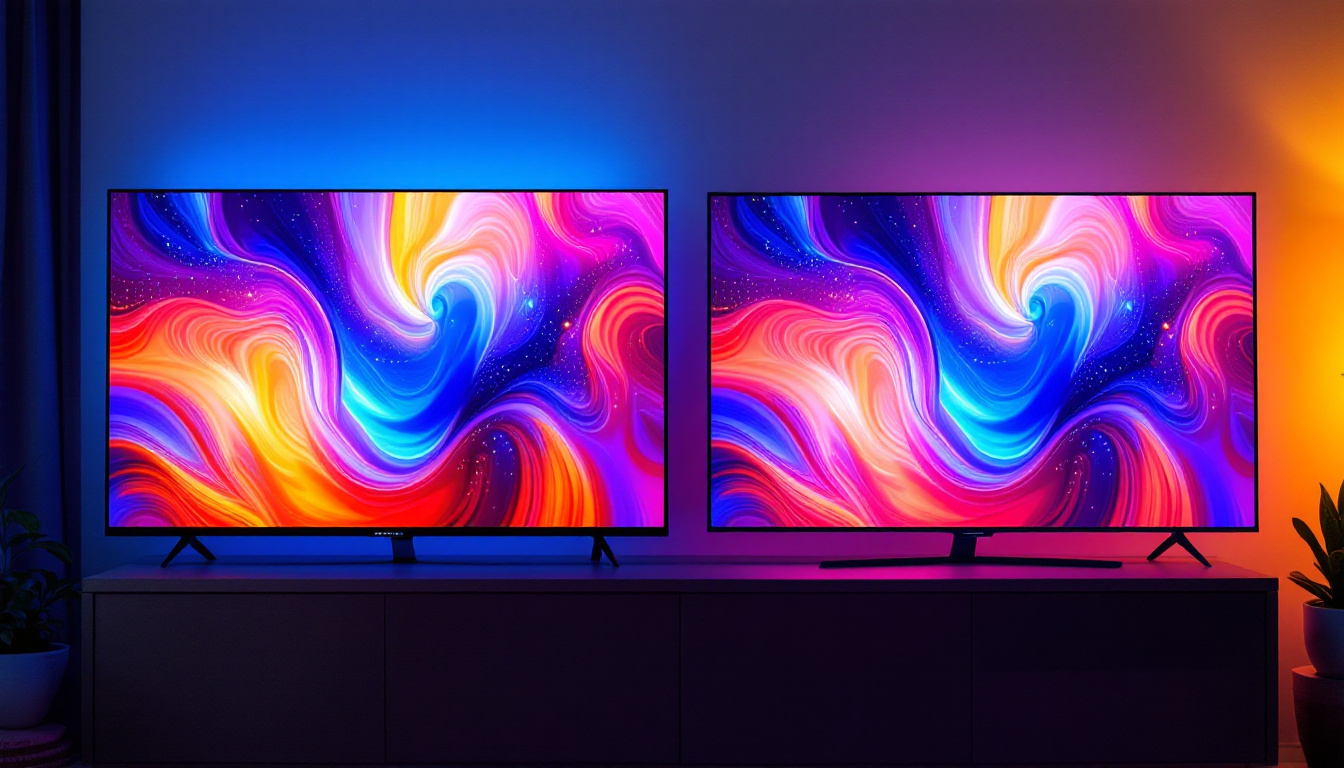In the world of modern display technology, the terms “LED” and “LCD” often appear together, leading to confusion among consumers. Understanding the differences and similarities between these technologies is crucial for making informed purchasing decisions. This article delves into the intricacies of LED LCD displays, explaining what they are, how they work, and their advantages and disadvantages.
Understanding LCD Technology
Liquid Crystal Display (LCD) technology has been a cornerstone of visual displays for decades. It utilizes liquid crystals to modulate light, creating images on screens. The fundamental principle behind LCDs is the manipulation of light through liquid crystals, which can change their alignment when an electric current is applied. This unique property allows for precise control over light transmission, making LCDs a popular choice for various applications, from consumer electronics to industrial displays.
The Components of LCD
At the heart of an LCD screen are several key components. These include the liquid crystal layer, polarizers, and backlighting. The liquid crystal layer is sandwiched between two polarizing filters. When light passes through these filters, the liquid crystals twist and turn, allowing varying amounts of light to pass through and create images. The arrangement of these components is crucial for the display’s performance, as even minor variations can significantly impact image quality.
Backlighting is essential for LCDs, as the technology itself does not emit light. Traditionally, this backlighting was provided by cold cathode fluorescent lamps (CCFLs), but advancements have led to the adoption of LED technology for backlighting, resulting in what is commonly referred to as LED LCDs. LED backlighting not only enhances brightness and color accuracy but also allows for thinner display designs, making modern screens more sleek and aesthetically pleasing. Additionally, some LED LCDs utilize local dimming technology, which improves contrast by selectively dimming or brightening specific areas of the screen based on the content being displayed.
How LCD Displays Work
LCD displays work by controlling the light that passes through the liquid crystal layer. When an electric current is applied, the liquid crystals align in a way that either blocks or allows light to pass through. This process creates the images seen on the screen. The combination of different colors and intensities of light produces the full spectrum of colors visible to the human eye. To achieve this, LCDs often employ a color filter layer, which consists of red, green, and blue subpixels. By varying the intensity of each subpixel, a wide range of colors can be produced, enabling vibrant and lifelike images.
Because of their ability to achieve high resolutions and vibrant colors, LCDs are widely used in televisions, computer monitors, and mobile devices. However, they do have limitations in terms of contrast ratios and viewing angles compared to other technologies like OLED. While LCDs can produce sharp images, their performance can suffer in dimly lit environments or at extreme viewing angles, where color distortion and reduced brightness may occur. To address these challenges, manufacturers continue to innovate, developing advanced technologies such as IPS (In-Plane Switching) and VA (Vertical Alignment) panels, which enhance color accuracy and viewing angles, making LCDs more competitive in the ever-evolving display market.
The Role of LED in Displays
Light Emitting Diodes (LEDs) have revolutionized the way displays are lit and viewed. Unlike traditional incandescent bulbs, LEDs are highly efficient, compact, and long-lasting. They emit light when an electric current passes through them, making them ideal for various applications, including display backlighting.
Types of LED Backlighting
There are primarily two types of LED backlighting used in LCD displays: edge-lit and full-array. Edge-lit LED displays position LEDs along the edges of the screen, allowing for a thinner profile. However, this can lead to uneven lighting and lower contrast ratios.
Full-array LED backlighting, on the other hand, places LEDs directly behind the screen. This allows for more uniform lighting and improved contrast ratios, as certain areas can be dimmed or brightened independently. This technology is often found in higher-end displays, providing a superior viewing experience.
Advantages of LED Technology
LED technology brings several advantages to display systems. One of the most significant benefits is energy efficiency. LED displays consume less power than traditional backlighting methods, leading to lower energy bills and a reduced environmental impact.
Additionally, LED displays can achieve brighter images with better color accuracy. This is particularly important for applications requiring precise color reproduction, such as graphic design and photography. Furthermore, the longevity of LED technology means that displays can last longer, reducing the need for frequent replacements.
What Is LED LCD?
LED LCD refers to an LCD display that uses LED technology for backlighting. This combination harnesses the benefits of both technologies, resulting in improved image quality and energy efficiency. While the term “LED TV” is often used, it is technically an LED LCD, as the display still relies on liquid crystal technology to create images.
How LED LCD Displays Differ from Traditional LCDs
The primary difference between traditional LCDs and LED LCDs lies in the backlighting method. Traditional LCDs utilize CCFLs, which can lead to less vibrant colors and lower contrast ratios. In contrast, LED LCDs provide brighter images and a wider color gamut, enhancing the overall viewing experience.
Moreover, LED LCDs can achieve deeper blacks and more vivid colors due to their ability to control backlighting more effectively. This results in a more dynamic range of images, making LED LCDs a popular choice for consumers and professionals alike.
Common Applications of LED LCD Technology
LED LCD technology is prevalent in various applications, ranging from consumer electronics to professional displays. In the realm of televisions, LED LCDs dominate the market due to their affordability and superior picture quality. They are also widely used in computer monitors, providing crisp images for gaming, design, and general use.
In addition to home and office use, LED LCDs are increasingly found in commercial settings, such as digital signage and advertising displays. Their ability to deliver bright, eye-catching images makes them ideal for attracting attention in busy environments.
Advantages of LED LCD Displays
LED LCD displays offer numerous advantages that make them a preferred choice for many consumers and businesses. Understanding these benefits can help in making an informed decision when selecting a display.
Energy Efficiency
One of the standout features of LED LCD displays is their energy efficiency. Compared to traditional LCDs with CCFL backlighting, LED LCDs consume significantly less power. This not only translates to lower electricity bills but also contributes to a reduced carbon footprint, making them an environmentally friendly option.
Improved Picture Quality
LED LCD displays provide enhanced picture quality due to their ability to produce brighter images and a wider color range. The use of LED backlighting allows for better contrast ratios, resulting in deeper blacks and more vibrant colors. This improvement is particularly noticeable in dark scenes, where traditional LCDs may struggle to deliver adequate detail.
Thin and Lightweight Design
Another advantage of LED LCD technology is the slim and lightweight design of the displays. The compact nature of LED components allows manufacturers to create thinner screens, making them more aesthetically pleasing and easier to mount or transport. This is especially beneficial for large-screen televisions and portable devices.
Disadvantages of LED LCD Displays
While LED LCD displays offer many benefits, they are not without their drawbacks. Understanding these limitations is essential for consumers looking to purchase a new display.
Limited Viewing Angles
One of the primary disadvantages of LED LCD technology is the limited viewing angles. When viewed from the side, colors can appear washed out, and contrast can diminish. This can be a significant drawback in situations where multiple viewers are watching from different angles, such as in a living room setting.
Black Levels and Contrast
Despite improvements in black levels with full-array backlighting, LED LCD displays can still struggle to achieve true black. This is due to the nature of the backlighting, which can lead to light bleed in dark scenes. As a result, contrast ratios may not be as high as those found in OLED displays, which can produce perfect blacks by turning off individual pixels.
Price Considerations
While LED LCD displays are generally more affordable than OLED displays, high-end models with advanced features can still be quite expensive. Consumers must weigh the benefits against the costs, especially when considering larger screen sizes or additional features like 4K resolution and HDR support.
Future of LED LCD Technology
The future of LED LCD technology looks promising, with ongoing advancements aimed at improving performance and addressing current limitations. Manufacturers are continuously innovating, seeking ways to enhance picture quality, energy efficiency, and overall user experience.
Emerging Technologies
As technology evolves, new developments such as Mini LED and Micro LED are gaining traction. Mini LED technology utilizes smaller LEDs for backlighting, allowing for more precise control over brightness and contrast. This can lead to improved black levels and enhanced picture quality, bridging the gap between LED LCD and OLED displays.
Micro LED, on the other hand, represents a more radical shift. This technology uses tiny, self-emissive LEDs to create images without the need for backlighting. While still in its infancy, Micro LED has the potential to deliver superior performance, including perfect blacks and unmatched color accuracy.
Integration with Smart Technology
The integration of smart technology into LED LCD displays is also on the rise. Many modern LED LCD TVs now come equipped with smart features, allowing users to stream content, browse the internet, and access applications directly from their screens. This trend is likely to continue, making displays more versatile and user-friendly.
Conclusion
LED LCD technology has become a dominant force in the display market, offering a compelling combination of energy efficiency, improved picture quality, and sleek design. While there are some limitations, ongoing advancements and innovations promise to address these challenges, ensuring that LED LCD remains a popular choice for consumers and professionals alike.
As technology continues to evolve, understanding the nuances of display technologies will empower consumers to make informed decisions. Whether for home entertainment, professional use, or commercial applications, LED LCD displays are poised to remain a key player in the world of visual technology.
Discover Cutting-Edge LED LCD Displays with LumenMatrix
Ready to experience the pinnacle of display technology? LumenMatrix is at the forefront of LED display innovation, offering a wide array of solutions tailored to your needs. From Indoor and Outdoor LED Wall Displays to specialized options like Vehicle LED Displays and LED Sports Displays, our products are designed to elevate your visual communication and captivate your audience. Embrace the future with our Custom LED Displays, All-in-One LED Displays, and revolutionary LED Transparent Displays. Don’t just take our word for it; check out LumenMatrix LED Display Solutions today and see how we can transform your space with unparalleled clarity and impact.

